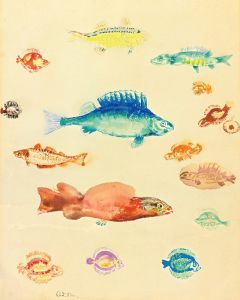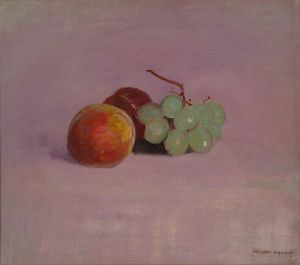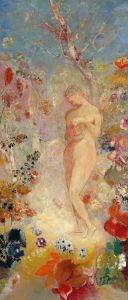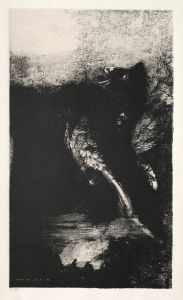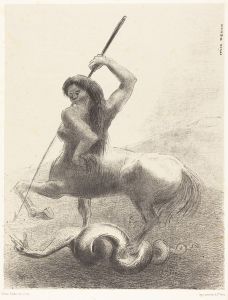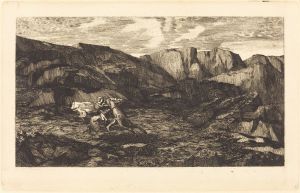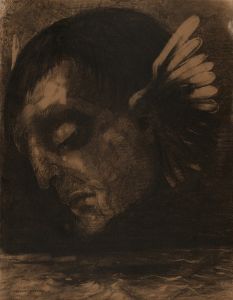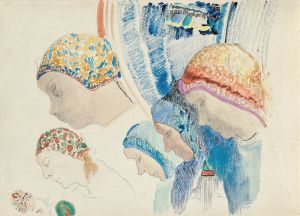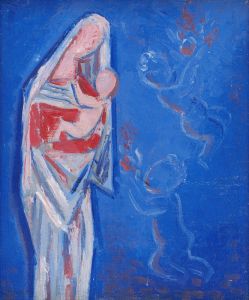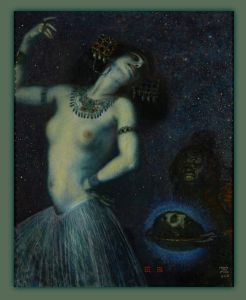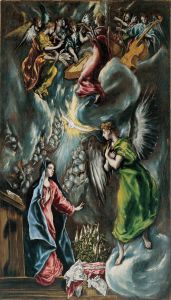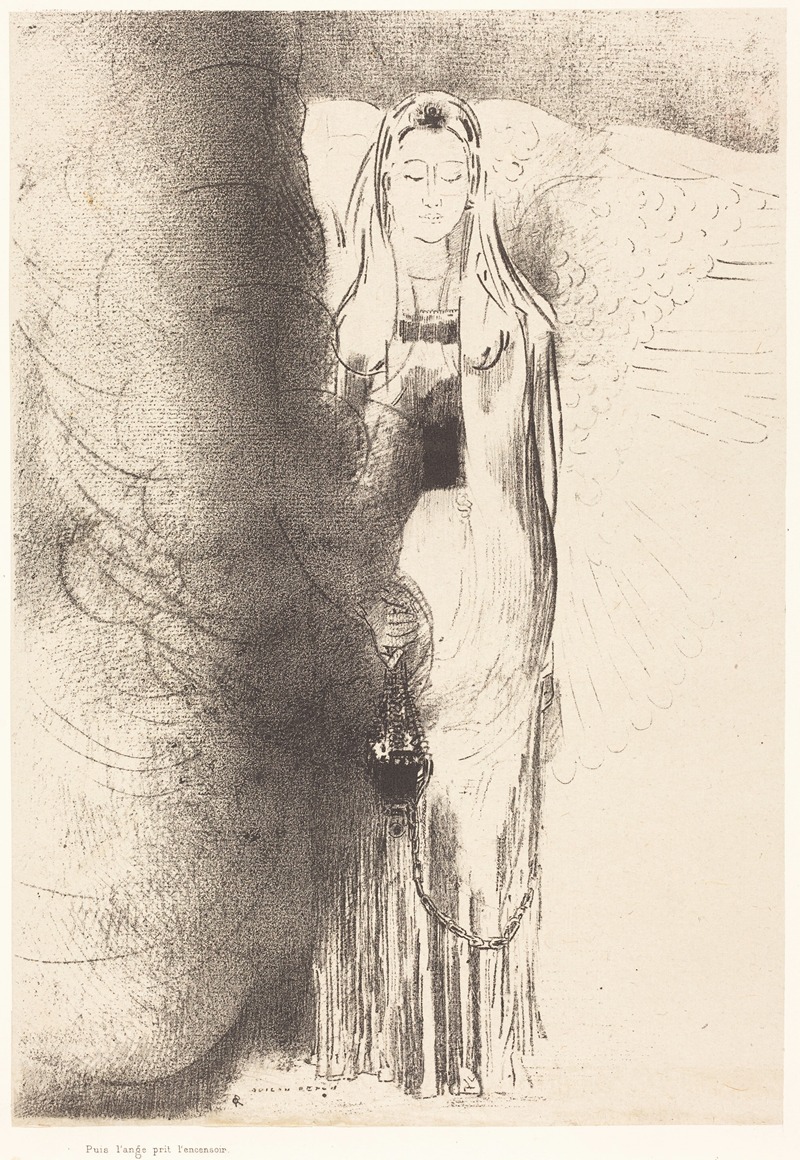
Puis l’ange prit l’encensoir
A hand-painted replica of Odilon Redon’s masterpiece Puis l’ange prit l’encensoir, meticulously crafted by professional artists to capture the true essence of the original. Each piece is created with museum-quality canvas and rare mineral pigments, carefully painted by experienced artists with delicate brushstrokes and rich, layered colors to perfectly recreate the texture of the original artwork. Unlike machine-printed reproductions, this hand-painted version brings the painting to life, infused with the artist’s emotions and skill in every stroke. Whether for personal collection or home decoration, it instantly elevates the artistic atmosphere of any space.
Odilon Redon, a prominent French symbolist artist, created the painting Puis l’ange prit l’encensoir (Then the Angel Took the Censer) in 1899. This work is one of Redon’s many pieces that reflect his fascination with spirituality, mysticism, and the ethereal. The title of the painting is derived from a passage in the Book of Revelation in the Christian Bible, specifically Revelation 8:3-5, which describes an angel taking a censer, filling it with fire from the altar, and casting it upon the Earth. This biblical reference underscores the apocalyptic and spiritual themes that are central to the artwork.
The painting is executed in pastel, a medium that Redon frequently employed during the later stages of his career. Pastels allowed him to achieve a luminous and dreamlike quality in his works, which is evident in Puis l’ange prit l’encensoir. The composition features a celestial figure, presumably the angel, rendered in soft, radiant colors that evoke a sense of otherworldly presence. The angel is depicted in a flowing, almost abstract form, emphasizing its divine and intangible nature. Surrounding the figure are swirling, atmospheric elements that enhance the mystical ambiance of the scene.
Redon’s work often bridges the realms of reality and imagination, and this painting is no exception. While the subject matter is rooted in a specific biblical narrative, the execution is highly symbolic and open to interpretation. The artist’s use of color, light, and form creates an emotional and spiritual resonance rather than a literal depiction of the biblical text. This approach aligns with the broader Symbolist movement, which sought to convey ideas and emotions through symbolic imagery rather than direct representation.
Puis l’ange prit l’encensoir is part of a series of works in which Redon explored religious and spiritual themes. These works reflect his interest in the metaphysical and his desire to transcend the material world through art. The painting is considered a significant example of Redon’s mature style, characterized by its vibrant use of color and its focus on visionary and dreamlike imagery.
Today, Puis l’ange prit l’encensoir is housed in the Musée d'Orsay in Paris, France. The museum, renowned for its collection of 19th-century art, provides an appropriate setting for this masterpiece, as it contextualizes Redon’s work within the broader artistic movements of his time. The painting continues to be celebrated for its evocative power and its ability to transport viewers into a realm of spiritual contemplation.





